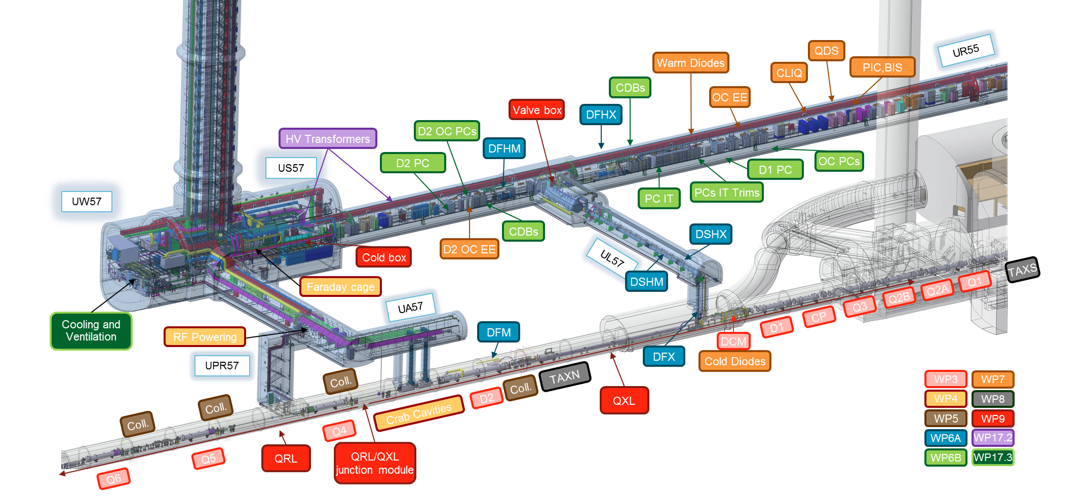The HL-LHC Technical Coordination Committee has continued its work for the follow-up and evolution of the technical baseline of the project in a fully remote format. While the current restrictions still prohibit in-person meetings, the remote format has been allowed more active participation from all collaborators, which is an important asset for the current project transiting to the series production phase. A total of 31 meetings have taken place since June 2020, including two more editions of the TCC days. The 2nd TCC day took place on November 5th and focused on a review of the lessons learnt from installation of first HL-LHC equipment during LS2 as well as on a first bottom-up LS3 schedule that is fully in-line with an LS3 length of at most 36 months. The 3rd TCC day took place on April 20th with the main aim of preparing the nearing LHC Run3 and in particular on important measurements and machine developments which are required in order to fully validate the HL-LHC baseline (including, amongst others, the continuation of crab cavity beam tests in the SPS, quench studies and crystal collimation commissioning and other measurements related to the HL-LHC beam intensities now offered by the LHC injector upgrade project that was successfully completed during LS2).
A number of important technical topics were discussed throughout the year and integrated into the project baseline, including amongst others the deferral of the installation of the 11T magnet to LS3, the finalization of the integration layout of the powering systems into the new HL-LHC underground areas (see Figure 1), the integration of the hollow e-lens in IR4 as well as the installation of 2 new goniometers for crystal collimators in IR7 that will provide the necessary cleaning efficiency for heavy ion operation during Run3 as the TCLD installation was postponed along with the 11T magnets.

In parallel to the production and testing of the new insertion region magnets, the validation of the components of the cold powering systems is progressing very well with the successful validation of the MgB2 superconducting links for the triplet and matching section magnets. Prototypes of power converters and protection system, including the novel Coupling Loss Induced Quench (CLIQ), have been successfully deployed and validated during the first HL-LHC magnet tests at CERN and collaborating institutes, and pre-series production of these items is progressing in full swing in order to meet one of the next major project milestones being - the Inner Triplet (IT) String.
This test stand, constructed in CERNs major testing area of SM18, will bring together all components of the final focusing magnet string of the HL-LHC (see Figure 2), allowing for an integrated test of the cold powering system before its final installation and commissioning in the LHC tunnel. Following the already ongoing installation of technical and cryogenic infrastructures, the magnets are planned to be installed as of the 2nd half of 2022, with powering tests to commence in 2023.
The past year has also seen the completion of several important technical design reviews, including the definition of the final circuit instrumentation baseline, the DFH and DCM designs along with the associated hydraulic plugs and sc busbars as well as the BPMs and TAXN.
In preparation of the important LS3 works, a number of coordinated efforts have been launched by the project team, exploiting synergies for the definition and procurement of radiation tolerant cables, the definition and shared use of mock-ups for the preparation and validation of (de-)installation sequences and tooling as well as support in the use and procurement of low Co content steel for use in the most activated regions along the beam lines of the HL-LHC long straight sections. In parallel to the maturation of the technical design, the safety assessment of each system and of their installation has progressed, demonstrating the soundness of the technical choices and asserting the reliability of the chosen solutions.
